Samyang 85mm f/1.8 Prima FE Review: Affordable, Sharp, and Small
In Calgary, we have an annual Japanese festival aptly named Omatsuri. This is a fun event with lots of vendors, great food, and displays of Japanese culture. It’s also an excellent testing ground for the new Samyang 85mm f/1.8 P FE.
I took this compact full-frame portrait lens for a spin. At $450, the latest Samyang Prima lens promises excellent optics in an affordable package. However, there is a lot of stiff competition in the world of 85mm lenses and I was curious how the Samyang fares against an ocean of alternatives.
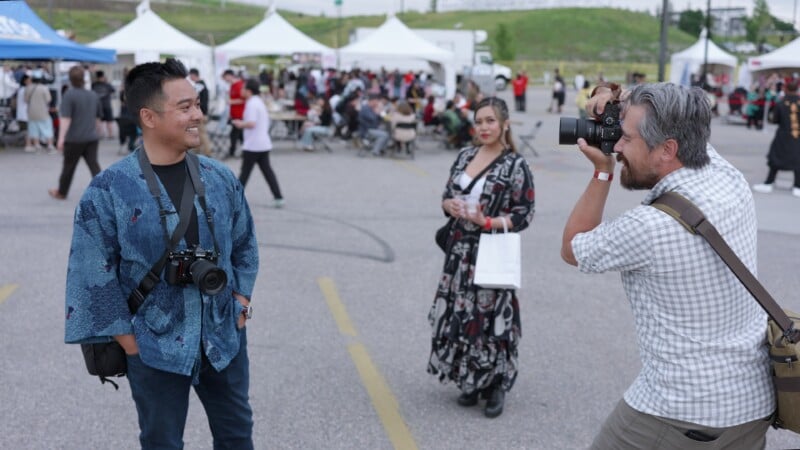
![]()
![]()
Samyang 85mm f/1.8 Prima FE Review: How It Feels
Well, the first thing this lens does is weigh next to nothing in your camera bag. At only 9.6 ounces (272 grams), the Samyang 85mm f1/.8 is ultra-compact and very convenient to carry. The filter threads are cut for 62mm filters, and there is a very basic hood that comes with the lens. It has a nice manual focus ring, but not much else.
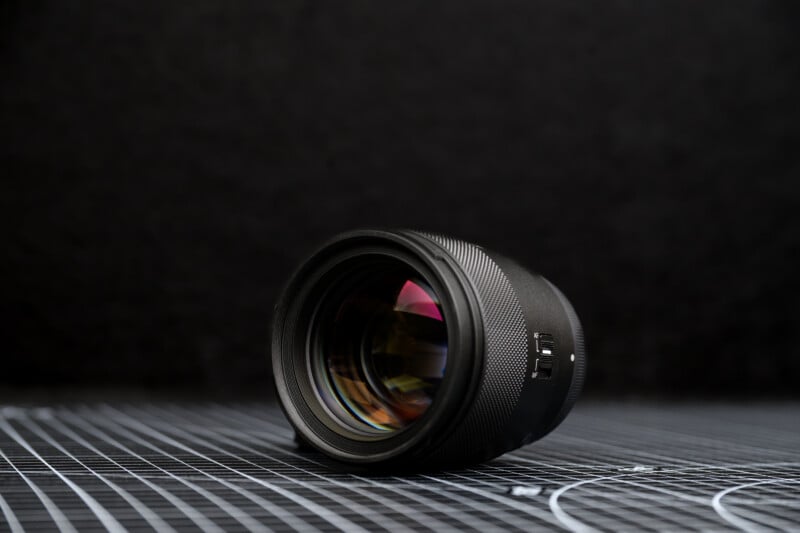
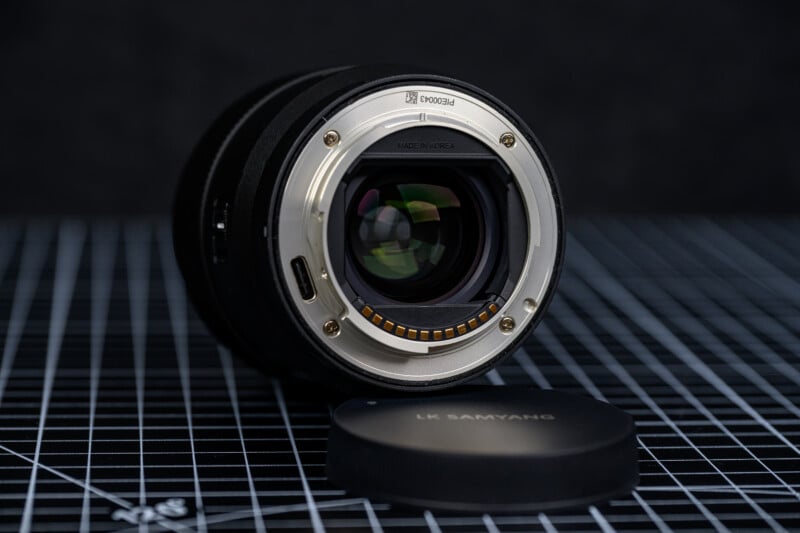
There is an AF/MF selector switch but no customizable buttons or external aperture ring. This lens does not feature any image stabilization and has some weather-sealing incorporated to protect it. Simplicity is key here, and the plastic build of the 85mm lens does at least keep the weight down to a minimum. With such a basic lens, I tested further to see if the image quality could make up the difference.
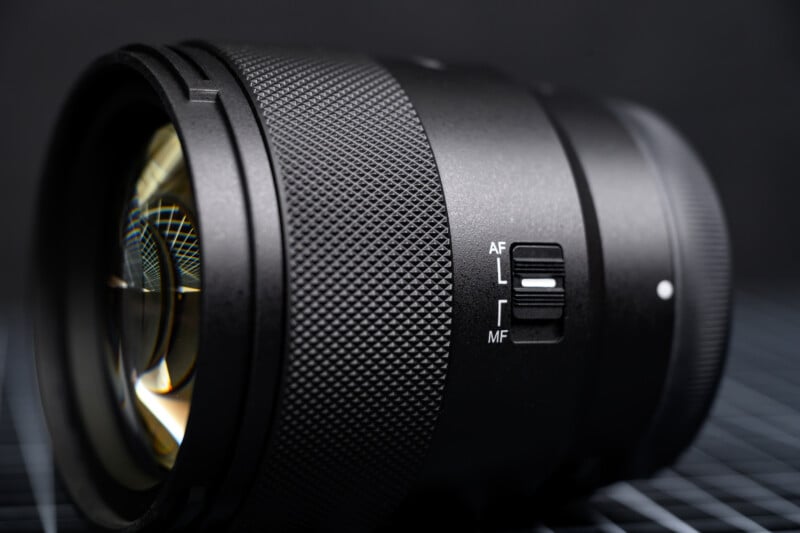
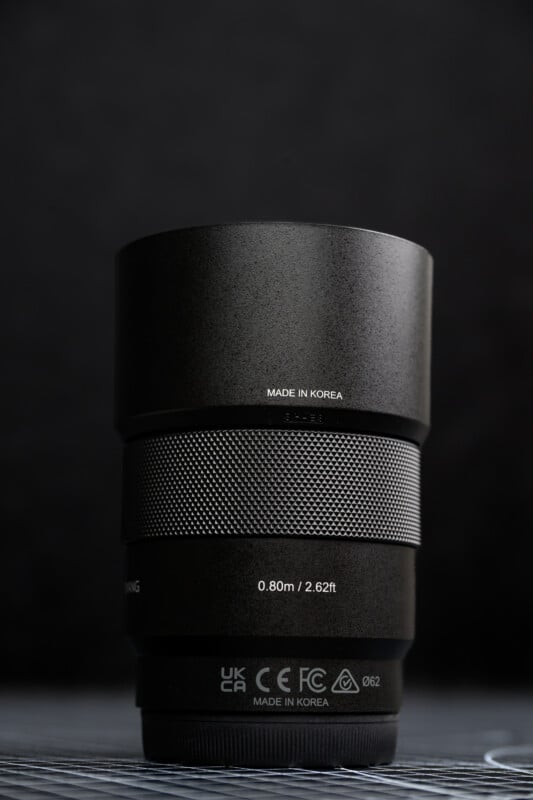
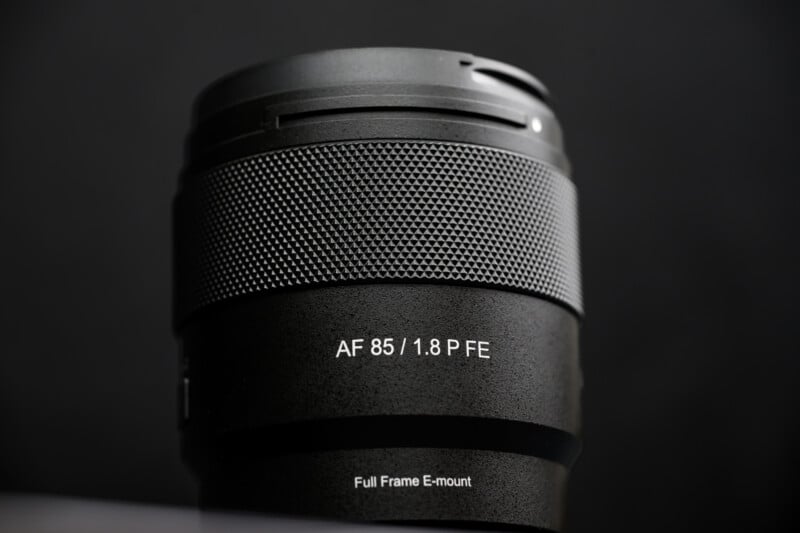
Samyang 85mm f/1.8 Prima FE Review: How It Shoots
The Samyang 85mm is powered by a fairly simple stepping motor, which keeps things smooth and quiet. I found the autofocus to be very accurate and fully compatible with the Sony a7RV I used for testing. Focusing speed was, overall, a slightly ponderous affair that is nonetheless perfectly acceptable for portrait and street work.
![]()
![]()
![]()
Flare is well controlled with only a slight loss of contrast when shooting toward bright light sources. There is a little ghosting present, but the lens does a good job of controlling it. Bokeh is also really beautiful for such an affordable lens, with a nice cat’s eye effect at f/1.8, and clean highlights free from onion rings or soap bubbles. The focus transitions smoothly from near to far, and backgrounds are pleasantly blurred. This lens has a wonderful rendition of focus beyond what its price tag suggests.

![]()
![]()
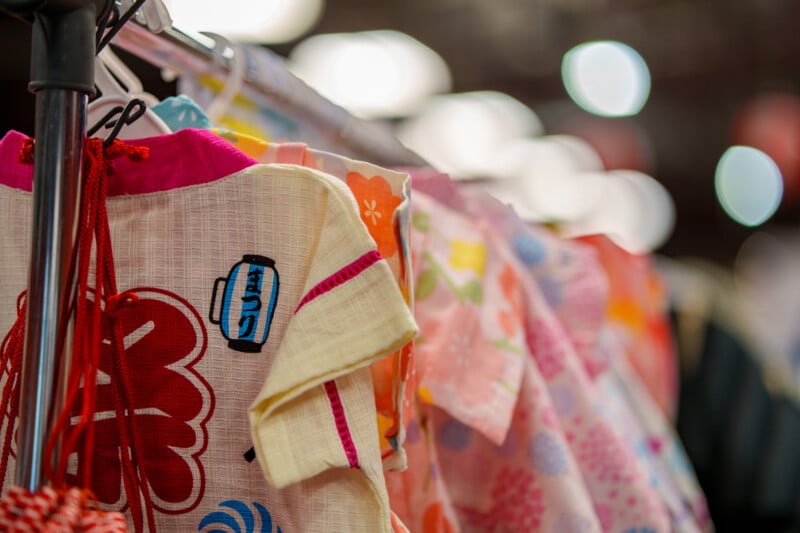
LoCA, or longitudinal chromatic aberration, is present but minor. You get some color fringing in the out-of-focus areas, but the result is easy to deal with. Do not use this lens for any focus pulling, though. The lens breathing is obnoxiously bad. Your entire field of view changes dramatically as you focus from near to far. Photographers probably won’t mind too much with this portrait lens, but video shooters will be displeased.
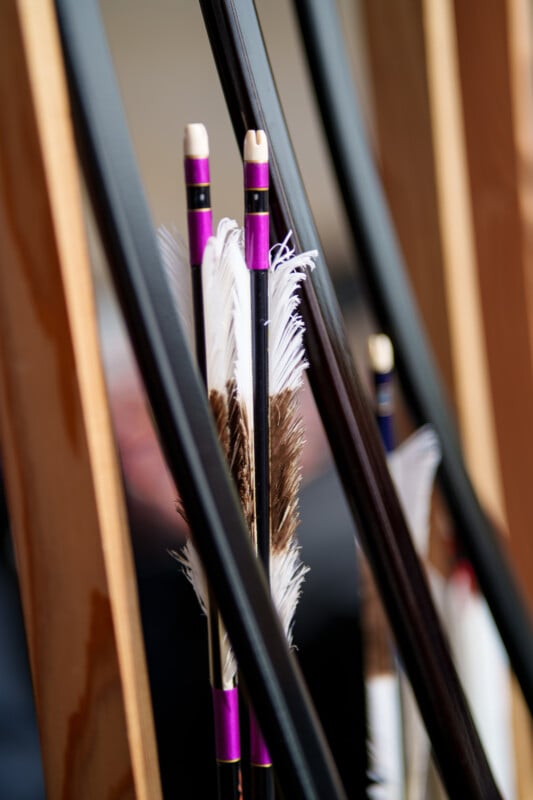
![]()
![]()
This is a very sharp lens, with amazing central performance at f/1.8. Stopping down the lens brought only minor benefits to the detail. I also like the corner sharpness at f/1.8, which I did not expect to see. Stopping the lens down helps slightly, but this optic is clearly made for shooting wide open which is nice to see. However, if you are focusing on a minimum distance, the lens can get a little soft. Stopping the lens down does help, so consider this in the rare situations where you are trying to get as close as possible.

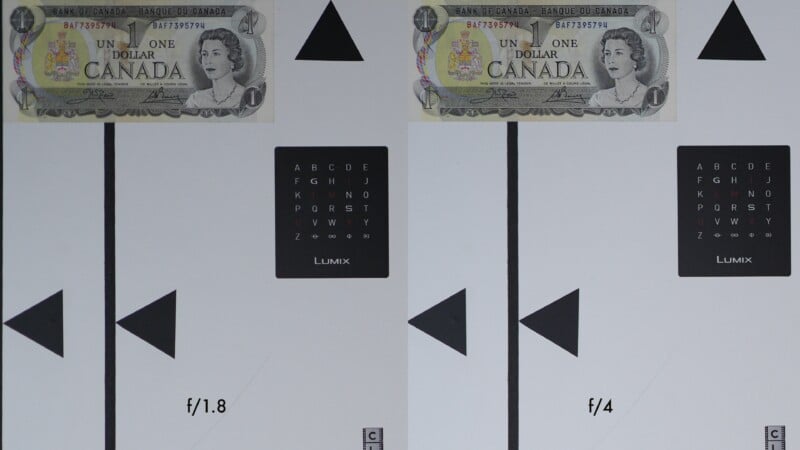
![]()
Samyang 85mm f/1.8 Prima FE Review: Delivers the Goods Without Breaking the Bank
What a convenient little lens, which happens to be very sharp and renders beautiful bokeh. I loved the lightweight feel and optical performance, and the downsides are fairly easy to work around. By all accounts, this lens should be a winner, but the real issue here is what else is available for a similar price.
The Viltrox 85mm f/1.4 Pro is one of my favorite portrait lenses with interesting character at f/1.4, and razor-sharp results throughout. Plus, you’re getting an f/1.4 maximum aperture for only $600. The Sirui Aurora 85mm f/1.4 is often found for around $500, and is one of the cleanest and sharpest lenses I’ve tested. Again, you get twice as much light for roughly the same price. Granted, these f/1.4 lenses will be heavier and larger, but the Sirui only tops out at 19 ounces, which is hardly prohibitive. Still, if you are okay with a simple lens and want to keep size and weight to an absolute minimum, the Samyang 85mm f/1.8 P FE delivers the goods without breaking the bank.
![]()
![]()
![]()
Are There Alternatives?
The Sony 85mm f/1.8 FE is a great lens and costs slightly more at around $600. Otherwise, consider alternatives from Viltrox and Sirui, which give you more light and excellent optical performance.
Should You Buy It?
Yes. As much as the f/1.4 lenses might make more practical sense, the Samyang 85mm f/1.8 is optically great and an excellent option for photographers who want the lightest option possible.